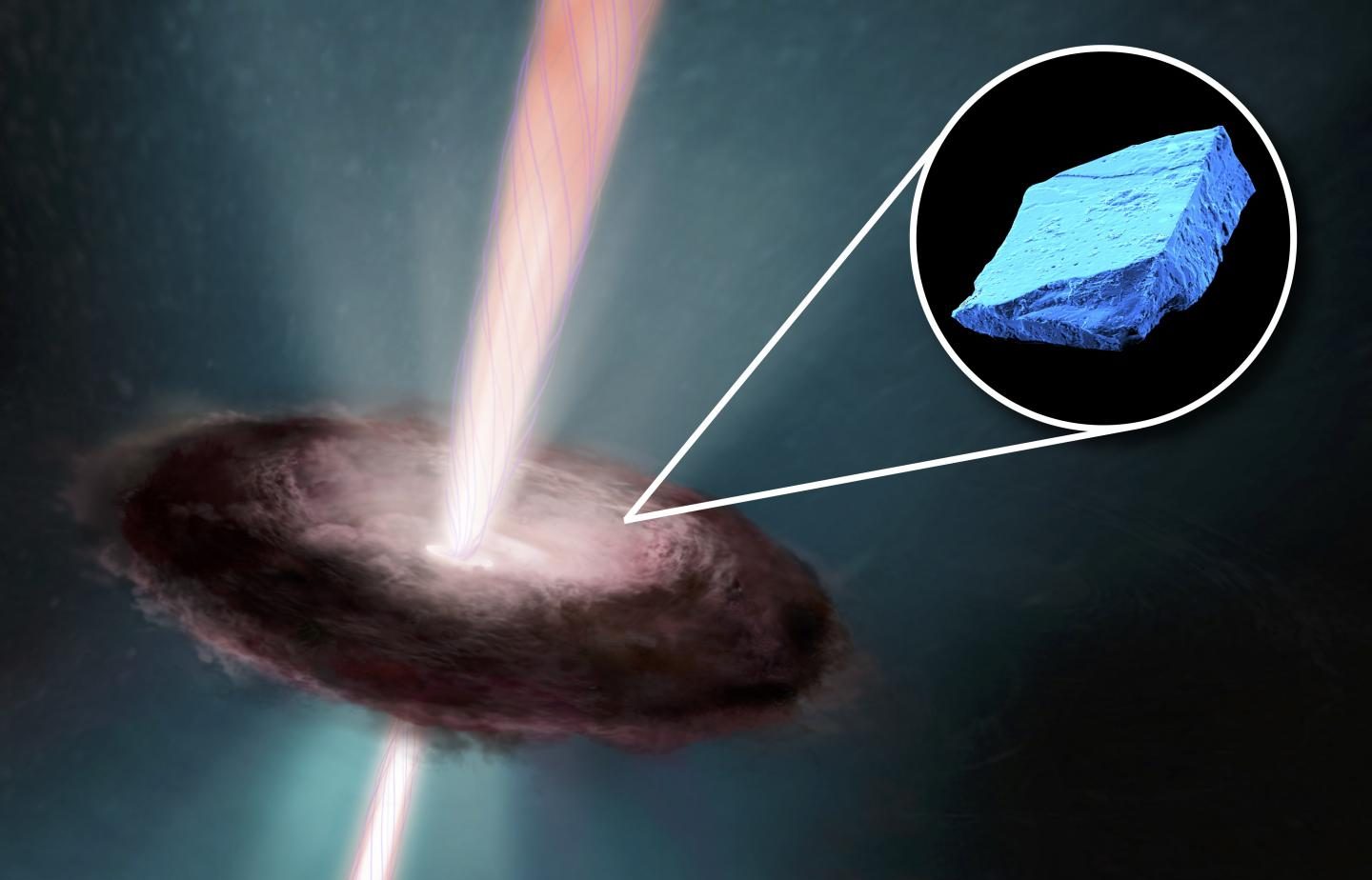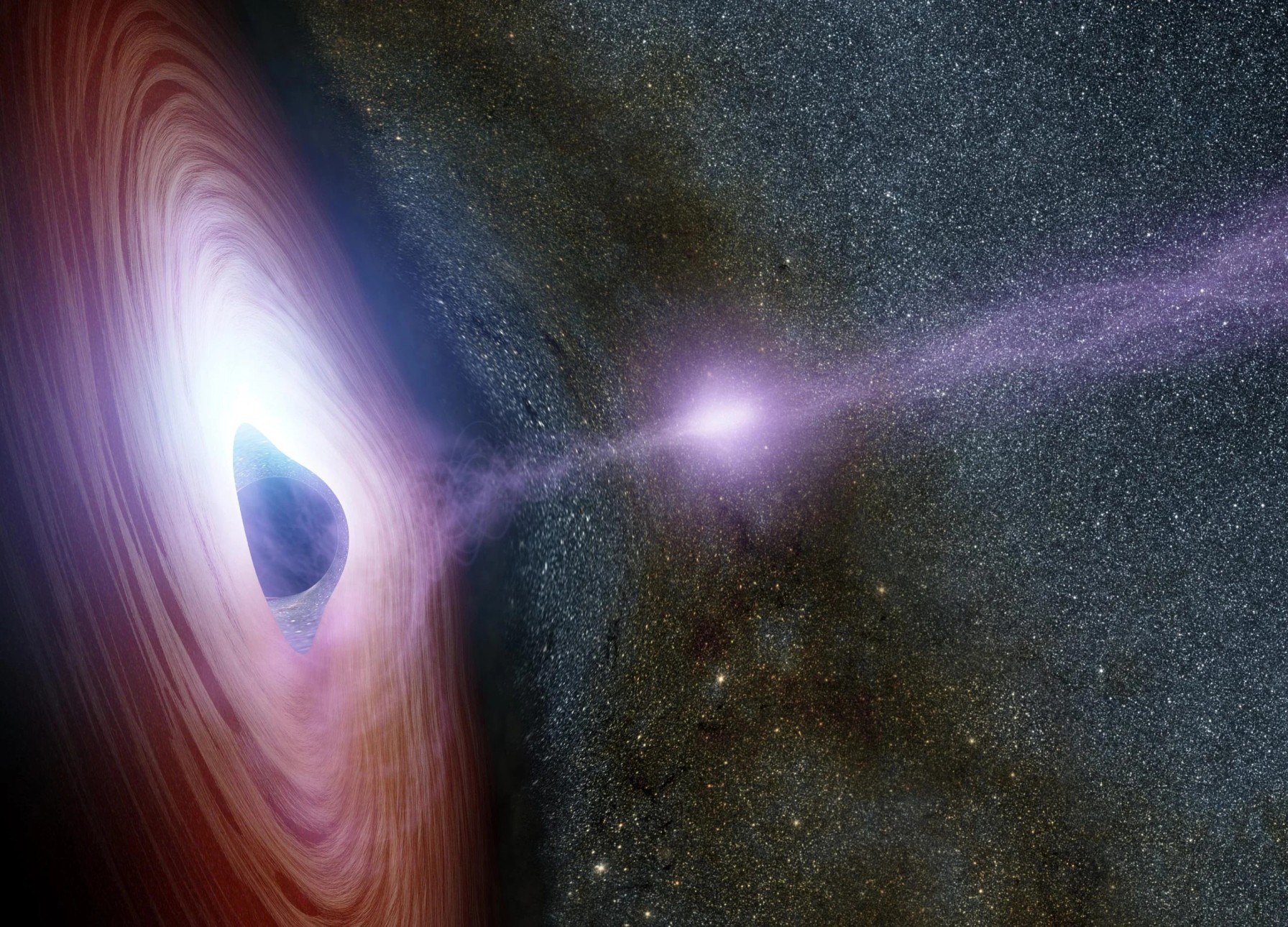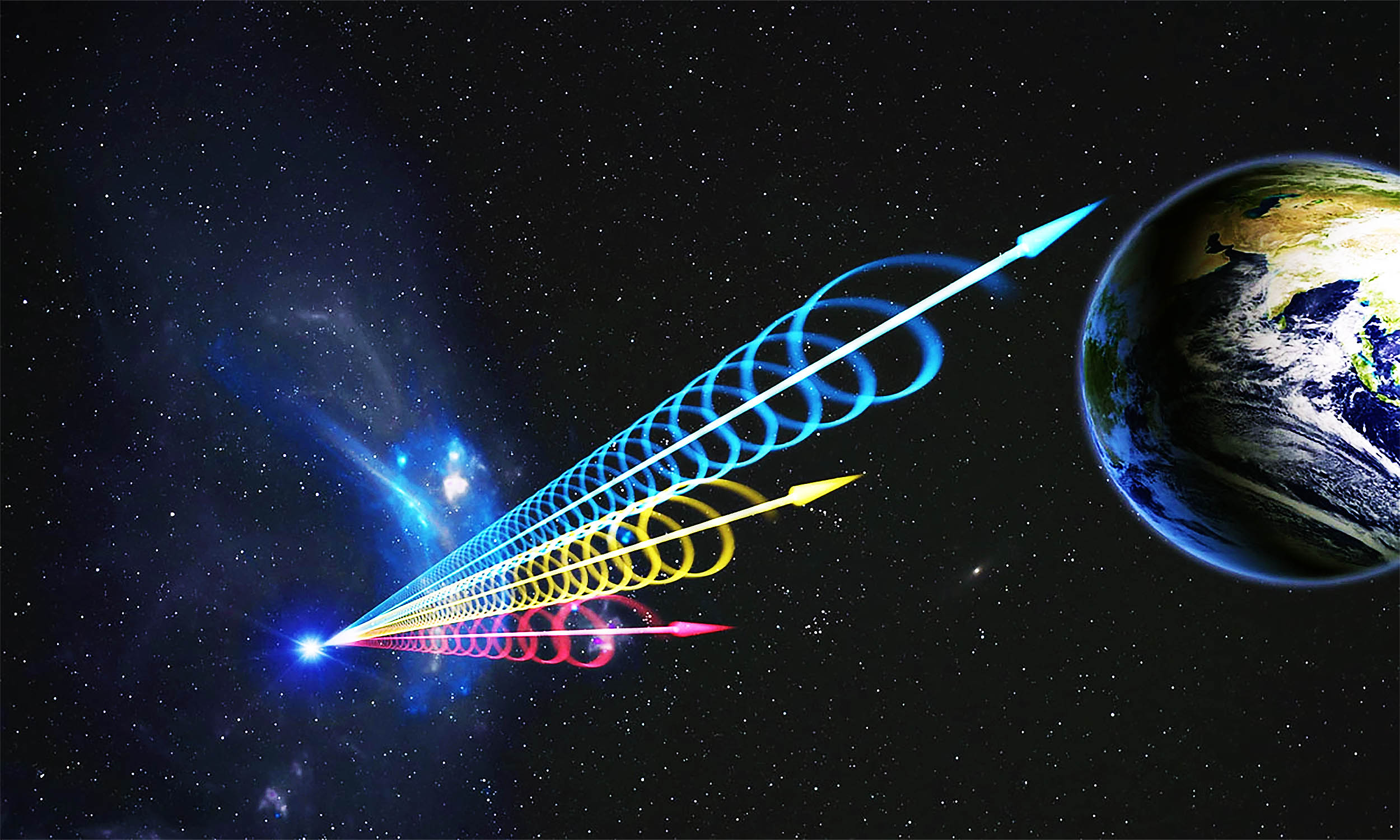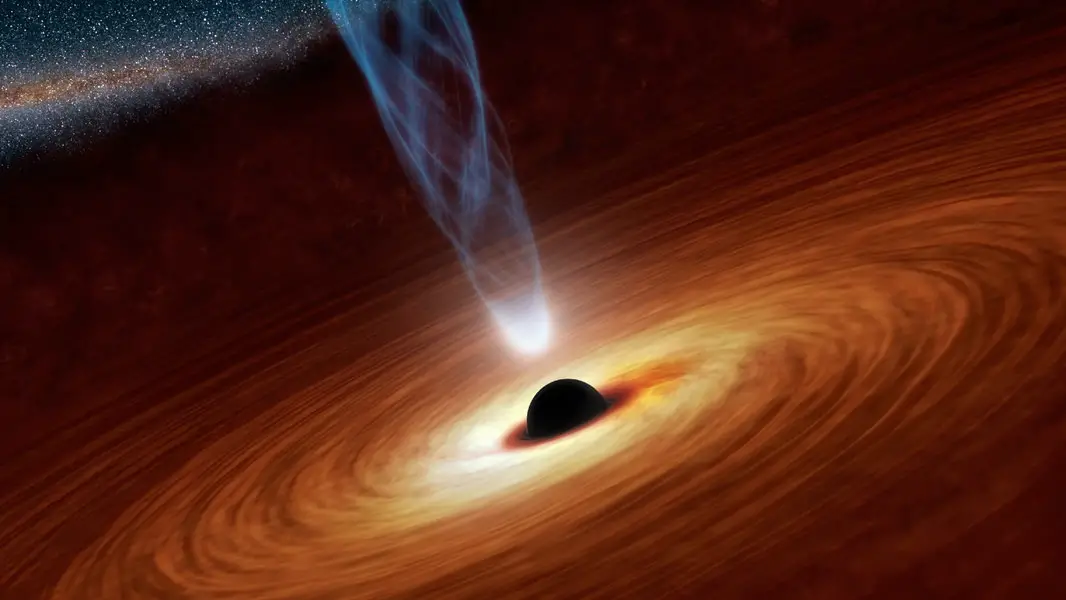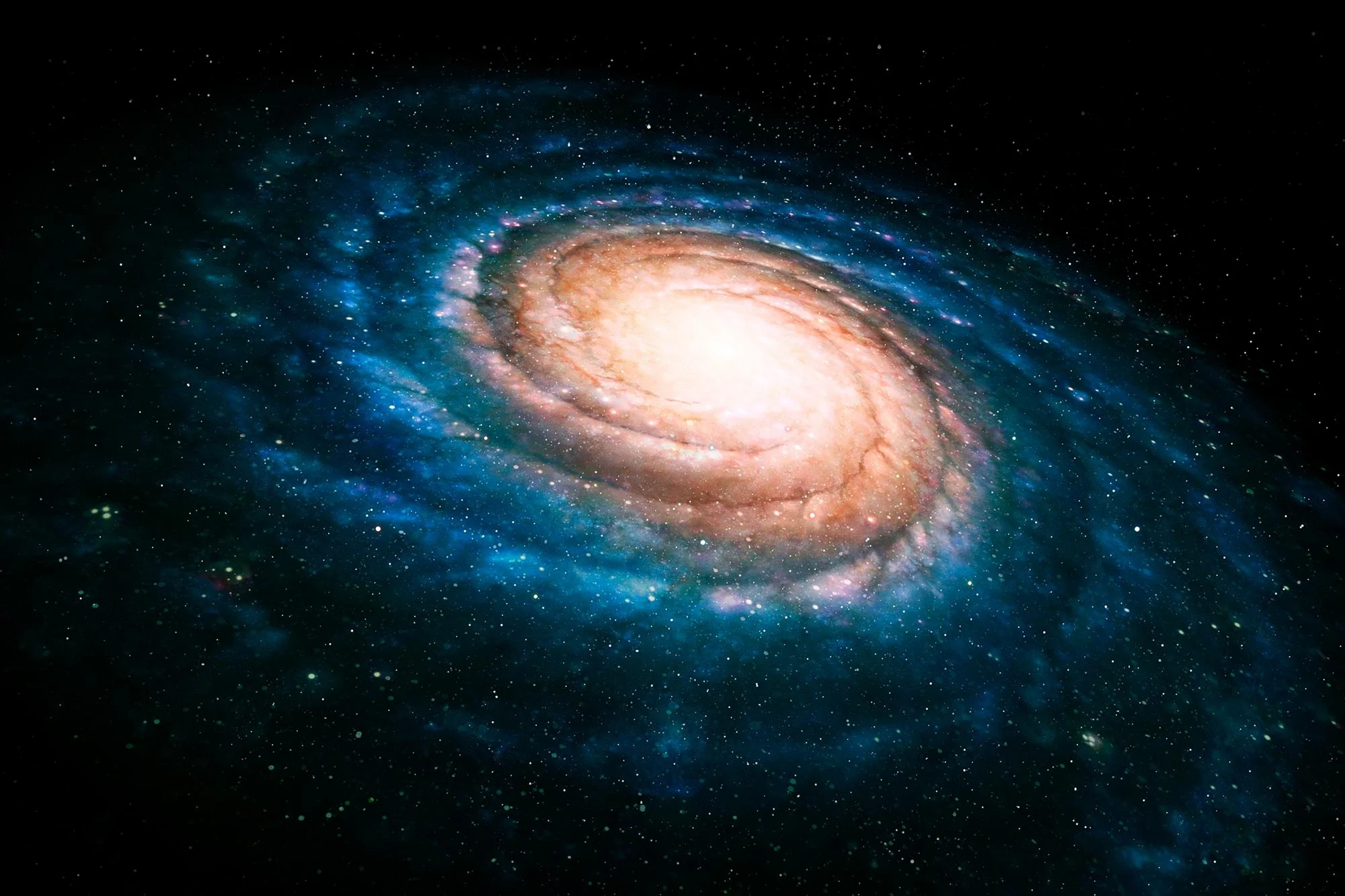Tiny hibonite crystals in a meteorite contain helium and neon from the Sun’s violent early years.
Key Takeaways
- Ancient crystals in the Murchison meteorite predate Earth and reveal the Sun’s extreme early activity.
- These crystals, known as hibonites, contain helium and neon atoms produced by intense solar radiation.
- The findings provide the strongest evidence yet that the Sun was much more energetic in its youth.
- Later-formed materials in the solar system show far less radiation exposure, suggesting a major environmental change.
- Scientists aim to study more early solar system minerals to uncover what altered the Sun’s radiation impact.
________
Clues from Hibonite Crystals
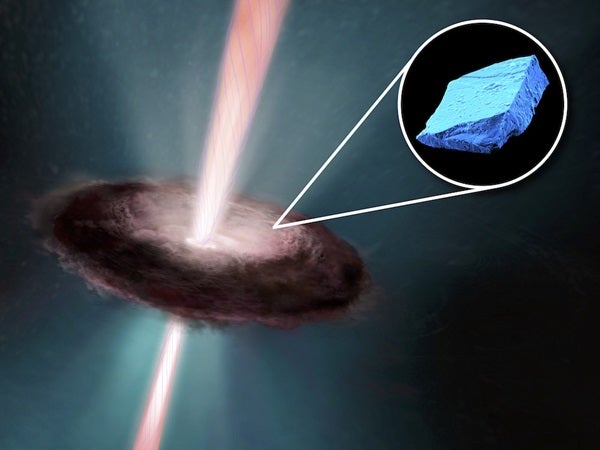
Tiny crystals from a meteorite that fell to Earth in 1969 have provided the strongest evidence yet that the Sun was far more active in its early years. These crystals, known as hibonites, contain helium and neon atoms—noble gases that don’t normally bond with other elements. Scientists concluded that these atoms formed inside the crystals when the Sun’s high-energy particles bombarded them over 4.5 billion years ago.
The findings, published in Nature Astronomy, were led by geoscientist Levke Kööp. By studying the Murchison meteorite, her team confirmed that hibonite crystals were exposed to intense radiation from the infant Sun. This suggests that young stars, including our own, go through highly energetic phases that influence the surrounding environment.
A Changing Solar Environment
By comparing the hibonite crystals with younger materials from the same meteorite, researchers discovered that later-formed minerals did not show the same radiation effects. This suggests a major shift in the early solar system that reduced the Sun’s impact on newly forming minerals. Kööp and her team speculate that this could have been caused by a denser dust disk shielding materials from radiation or by changes in the Sun’s particle emissions over time.
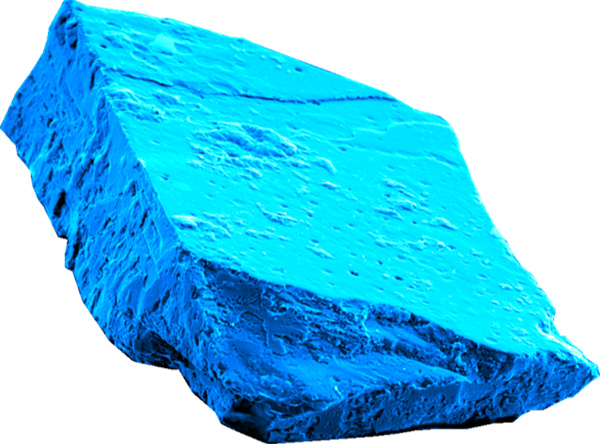
The study provides new insight into the early evolution of our solar system and how planetary environments are shaped by their parent stars. Scientists now plan to analyze other ancient minerals to determine whether they also carry traces of the Sun’s energetic past. These findings could help refine models of how solar systems evolve and provide clues about conditions around young stars today.
Despite the many challenges in detecting these ancient signatures, Kööp expressed excitement over the clear results. “It actually worked out so nicely, that the signature was so clear,” she said. “There are many, many reasons why we might have not seen it. So actually it seemed like all the stars aligned.”
